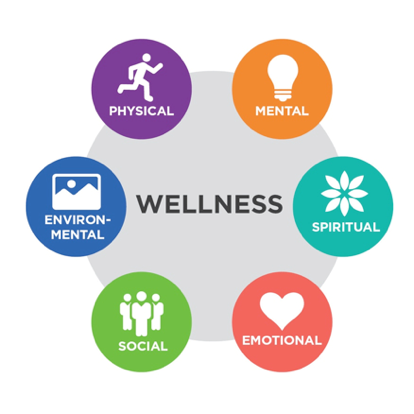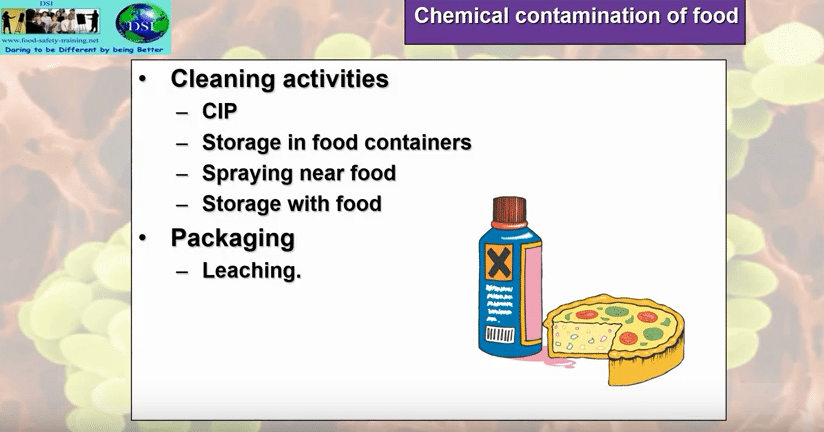Essential Food Safety: When and How to Reheat Food to 165°F
Introduction: Why Reheating Food to 165°F Matters
Food safety is a top priority for both commercial establishments and home kitchens. Reheating food to the correct temperature plays a crucial role in preventing foodborne illnesses. For many cooked foods, especially those considered potentially hazardous -such as meats, poultry, casseroles, and leftovers-reheating to 165°F for at least 15 seconds is an established standard. This process ensures that any pathogens that may have developed during cooling or storage are effectively destroyed, making food safe for consumption and hot holding [1] , [2] , [5] .
Understanding the 165°F Requirement
The U.S. Food and Drug Administration (FDA), USDA, and state health departments mandate that potentially hazardous foods -those that have been cooked, cooled, and now require reheating for hot holding-must reach an internal temperature of 165°F for at least 15 seconds . This applies to foods like leftovers, casseroles, soups, and any dish that has gone through the temperature danger zone more than once. The temperature danger zone, between 41°F and 135°F, is where bacteria can multiply rapidly, making proper reheating essential [2] .
Legal and Regulatory Standards
Health codes in many jurisdictions clearly specify reheating standards:
- Potentially hazardous foods must be reheated to at least 165°F for 15 seconds before hot holding [1] .
- Food reheated in a microwave for hot holding must be stirred or rotated, covered, and allowed to stand for two minutes after reheating to ensure even heat distribution [1] .
- Ready-to-eat foods from commercially processed, hermetically sealed containers may only need reheating to 135°F or 140°F, depending on local regulations [1] , [5] .
- Reheating for hot holding must be rapid; the food cannot remain in the danger zone for over two hours [1] , [2] , [3] .
Step-by-Step Guidance for Reheating Food to 165°F
Follow these steps to ensure food safety and regulatory compliance when reheating:

Source: grammar.cl
- Assess the Food Type Determine if the food is potentially hazardous (meats, poultry, eggs, dairy, cooked grains, casseroles, soups, stews, and leftovers). Foods prepared onsite and previously cooked/held are always subject to the 165°F rule [5] .
- Choose the Appropriate Method Use ovens, stoves, or microwaves for reheating, but never use steam tables, bain-maries, or hot holding equipment for rapid reheating, as these cannot safely and quickly raise food temperature [1] .
- Monitor Temperature Use a calibrated food thermometer to check internal temperature. Insert the thermometer into the thickest part and ensure it reaches 165°F for at least 15 seconds [3] .
- Time Management Complete the reheating process within two hours. Any food not reaching 165°F within this time must be discarded to prevent risk of illness [3] .
- Hot Holding After Reheating After reaching 165°F, food intended for hot holding must be kept at 135°F or higher until served [5] .
Challenges and Solutions
Reheating food safely is not without challenges:
- Uneven Heating : Microwaves may not heat food evenly. Always stir, rotate, and let food stand covered for two minutes after microwaving [1] .
- Thermometer Calibration : Regularly calibrate your food thermometer for accuracy. Follow manufacturer instructions or consult your local health department for guidance.
- Volume and Container Size : Large batches or thick foods require more time and stirring to ensure uniform temperature.
- Time Constraints : Plan ahead to avoid rushing the process. Use equipment designed for rapid reheating.
Real-World Applications and Examples
Consider these scenarios:
- Commercial Kitchens : A restaurant must reheat precooked chicken soup before lunch service. The chef transfers the soup from the cooler and heats it on the stove, stirring frequently, until a thermometer shows 165°F for 15 seconds. The soup is then hot-held at 135°F until served.
- School Cafeterias : Leftover casserole from yesterday is reheated in a convection oven. Staff check temperature with a thermometer, ensuring it reaches 165°F, and log the process for regulatory compliance.
- Home Kitchens : A family reheats leftovers from dinner. Using a microwave, they heat the food, stir, let it stand covered for two minutes, then check with an instant-read thermometer for 165°F before serving.
Alternative Approaches and Exceptions
Some foods do not require reheating to 165°F:
- Commercially processed, ready-to-eat foods from sealed containers may only need reheating to 135°F or 140°F for hot holding, depending on jurisdiction [1] , [5] .
- Foods not intended for hot holding (e.g., immediate consumption) should be heated to taste but follow safety recommendations to avoid illness risk.
When in doubt, follow local health department guidance or consult their official resources for current standards.

Source: must.sourceforge.net
Accessing Official Guidance and Support
For the most up-to-date regulations and food safety tips:
- Check your state’s health department website. For example, Oregon’s reheating regulations are available online [1] .
- The USDA provides a comprehensive Safe Minimum Internal Temperature Chart and food safety basics [5] .
- If you need specific guidance for your region, search “food reheating regulations” along with your city or state name.
- For commercial kitchens and food service operations, consult with your local health inspector for compliance training and certification opportunities.
Key Takeaways
Reheating food to 165°F for 15 seconds is a critical requirement for food safety. It applies to all potentially hazardous foods prepared onsite and intended for hot holding. Always use a reliable food thermometer, complete reheating within two hours, and consult official resources for region-specific rules. For ready-to-eat foods from commercial sources, lower temperatures may be permitted, but always verify with regulatory authorities. If you operate a food business, ensure staff are trained and procedures documented for compliance.
References
- [1] OregonLaws (2025). OAR 291-061-0125 – Reheating. State of Oregon.
- [2] Jefferson County, WA (2024). Reheating Foods. County Health Resources.
- [3] Fairfax County Health Department (2022). Cooking and Reheating Temperatures (PDF).
- [4] State Food Safety (2024). Reheating Food Process Poster.
- [5] USDA FSIS (2025). Safe Minimum Internal Temperature Chart.
MORE FROM eboxgo.com













